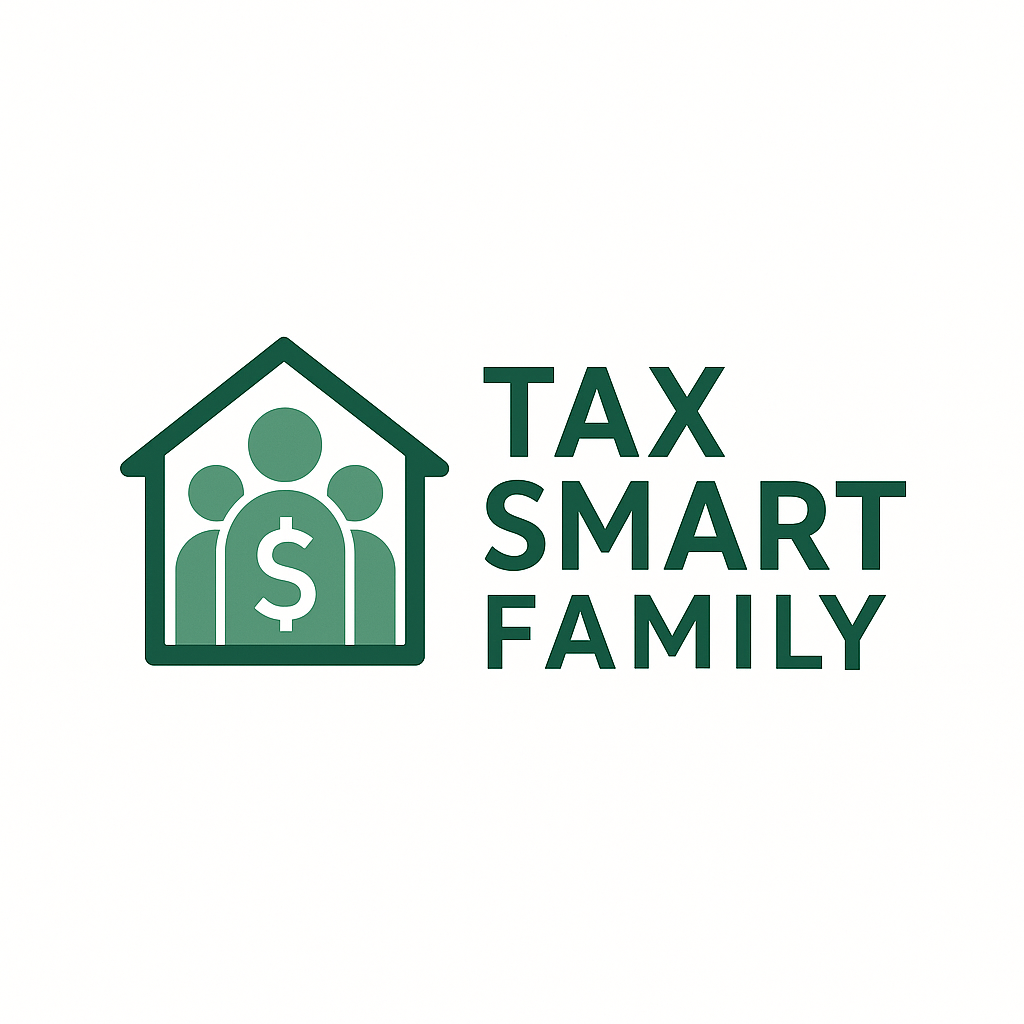What We Invest In for Our Kids’ Custodial Roth IRAs
Simple, low-fee, no-stress choices for long-term growth
Opening a Custodial Roth IRA is smart.
Automating contributions is even smarter.
But one decision still remains:
What should you actually invest in?
In this post, I’ll walk you through:
- How we picked investments for our kids
- The exact funds we use
- Why simplicity beats complexity in the long run
- Mistakes to avoid when choosing assets
First Principle: Keep It Simple
When you're investing for a child's 50+ year future:
- Fees matter more than anything
- Diversification matters more than chasing returns
- Time matters more than timing
The goal isn’t to beat the market.
The goal is to own the market — cheaply, automatically, and patiently.
What We Avoid
Before getting into what we picked, here’s what we don’t do:
- No expensive actively managed mutual funds
- No day-trading individual stocks
- No crypto speculation inside Roth IRAs
- No trying to pick "the next Tesla" at age 7
Children don’t need complexity.
They need ownership, simplicity, and low-cost growth.
Our Investment Strategy
1. Total Stock Market Index Fund (Primary Holding)
The majority of each child's Roth IRA is invested in a total US stock market index fund.
Options we like:
- Fidelity Total Market Index Fund (FSKAX)
- Schwab Total Stock Market Index Fund (SWTSX)
- Vanguard Total Stock Market ETF (VTI)
These funds:
- Hold thousands of US companies
- Automatically rebalance based on market weight
- Have ultra-low fees (0.02%-0.04%)
- Require no active management
Reason: Ownership of the entire economy, not a bet on a few stocks.
2. International Index Fund (Optional Diversification)
For additional diversification, we allocate a small portion (10%-20%) to:
- Fidelity Total International Index Fund (FTIHX)
- Vanguard Total International Stock Index (VXUS)
This adds exposure to companies outside the US.
Not mandatory, but it spreads geographic risk a little wider.
3. Target-Date Retirement Fund (Optional Simplicity)
If you want even less maintenance:
- Use a target-date fund designed for the child's approximate retirement year (e.g., 2070, 2080)
Options:
- Fidelity Freedom Index 2065 Fund (FFIKX)
- Schwab Target 2065 Index Fund (SWYNX)
Target-date funds automatically adjust:
- More stocks when young
- More bonds as retirement approaches
Just check fees carefully. Only use low-cost index-based versions (not actively managed ones).
How We Split It
Our basic split looks like:
- 80%-90% Total Stock Market Index
- 10%-20% Total International Index
- (Optional) Small cash buffer if contributions are still coming in
We manually rebalance once a year — but with two funds, it’s extremely simple.
Mistakes to Avoid
- Leaving contributions sitting in cash (no growth)
- Over-diversifying into dozens of funds
- Paying 0.50%+ in fees on actively managed funds
- Forgetting to adjust for growth as balances rise
- Thinking you need to trade or "optimize" every year
The boring portfolio wins.
Why Simplicity Wins
A $6,000 annual contribution invested in a low-cost index fund, earning a 7% average return, will outpace:
- Most actively traded portfolios
- Most hedge funds after fees
- Almost any "hot tip" investment
Simplicity frees you from mistakes.
It lets compound growth work uninterrupted.
Final Thought: Let Time Do the Heavy Lifting
We didn’t pick investments trying to impress anyone.
We picked:
- Funds that are cheap
- Funds that are broad
- Funds that require no emotional decisions
Then we set it, automate it, and leave it alone.
Because ultimately, the wealth our kids will build won’t come from a single fund or a lucky year.
It’ll come from patience, consistency, and the discipline to stick with a simple, boring, powerful plan.
Next post: How we plan to hand over control when our kids turn 18 — and how we’re preparing them to manage it wisely.
Disclaimer: The information provided in this post is for general educational and informational purposes only. It is not intended as, and should not be construed as, financial, legal, tax, investment, or other professional advice. You should consult with your own qualified advisors before making any financial decisions. We disclaim all liability for any actions taken based on the content provided.
